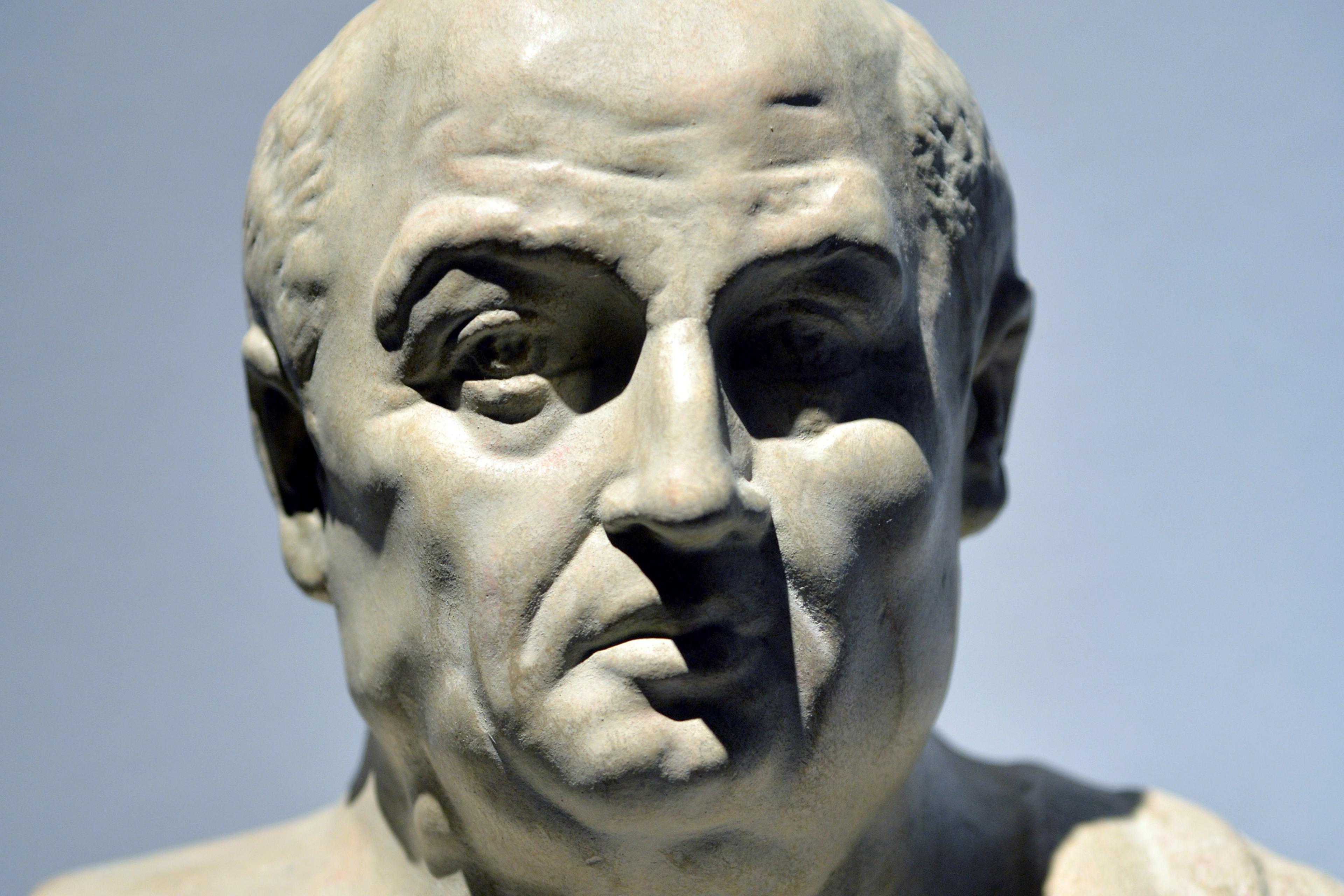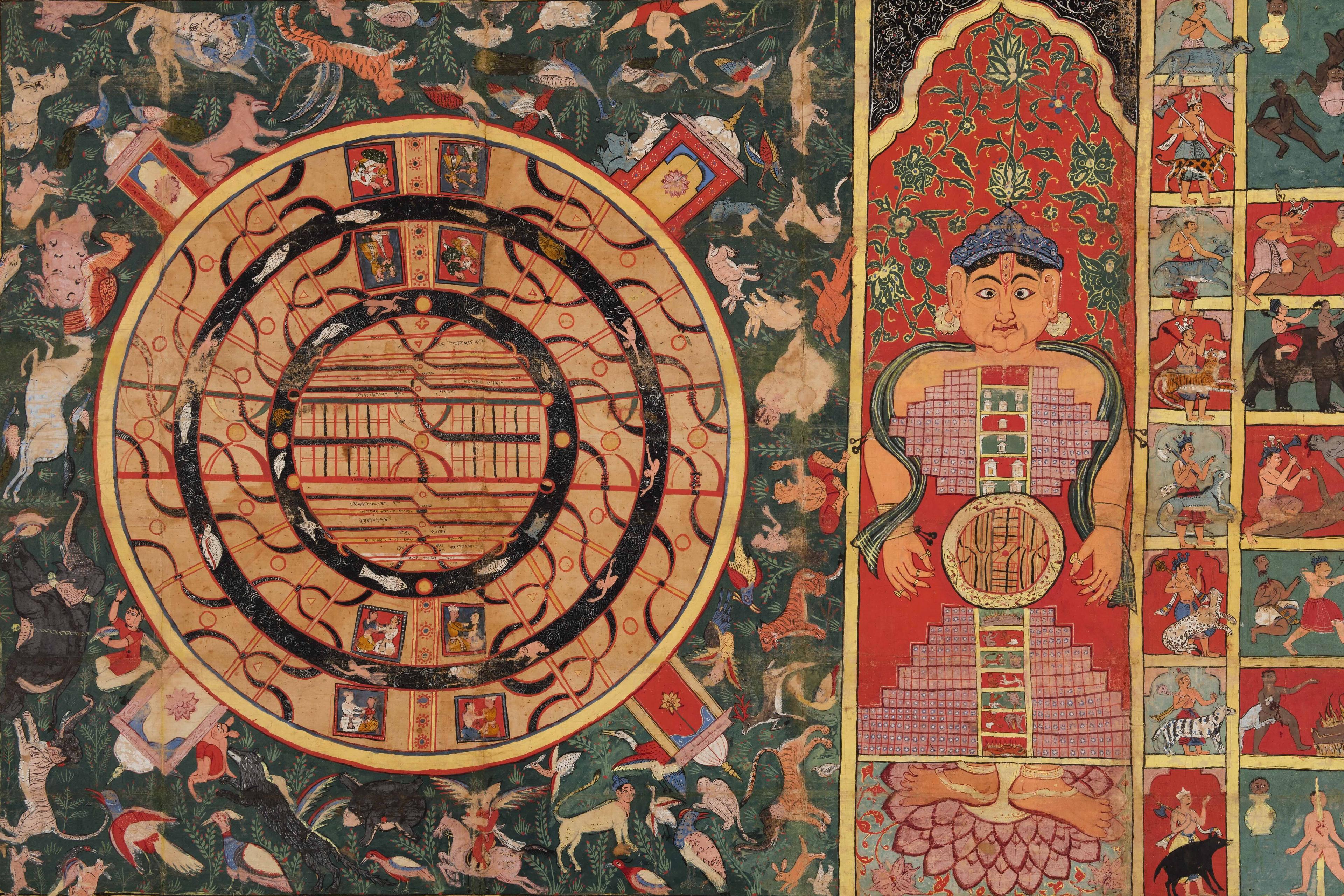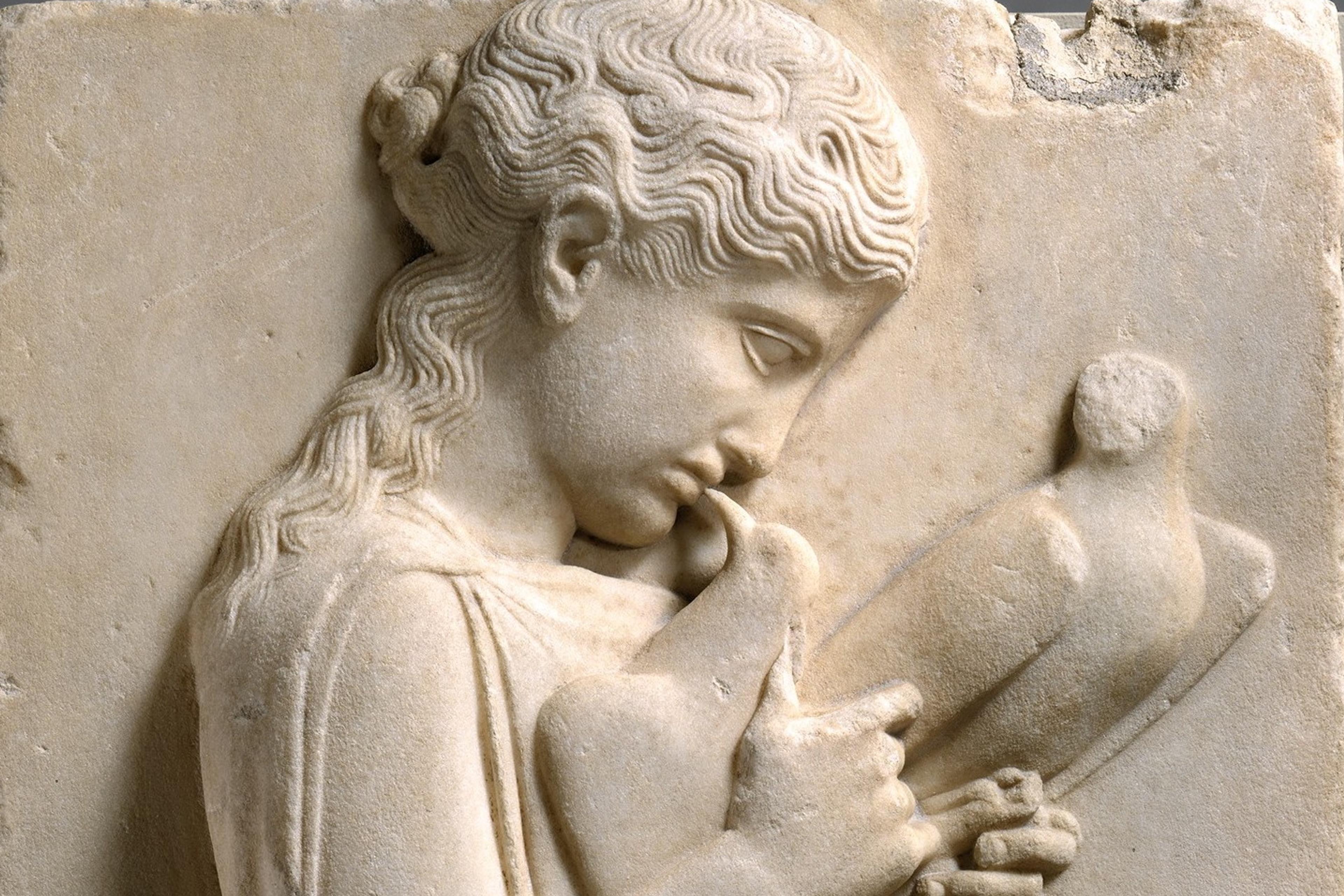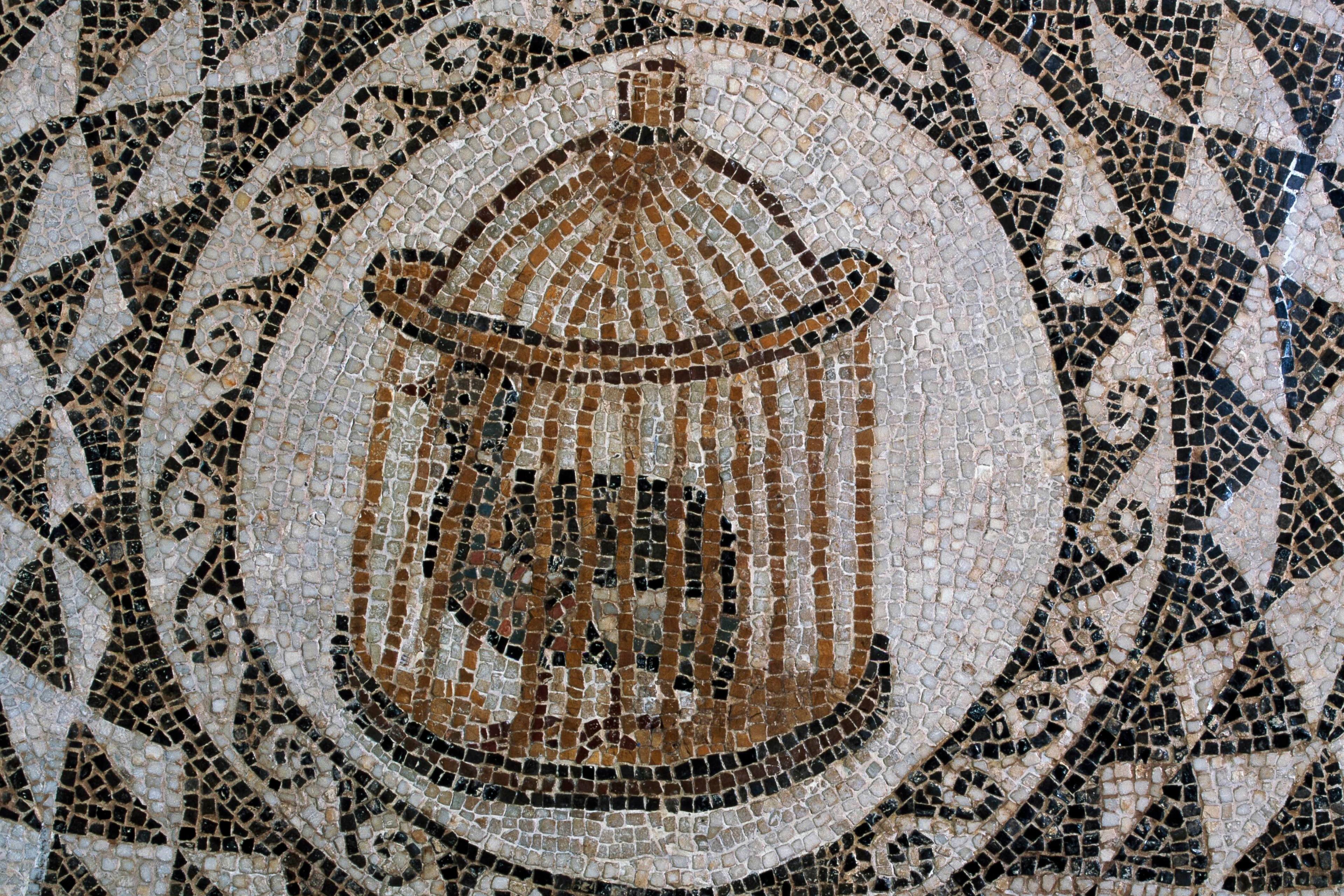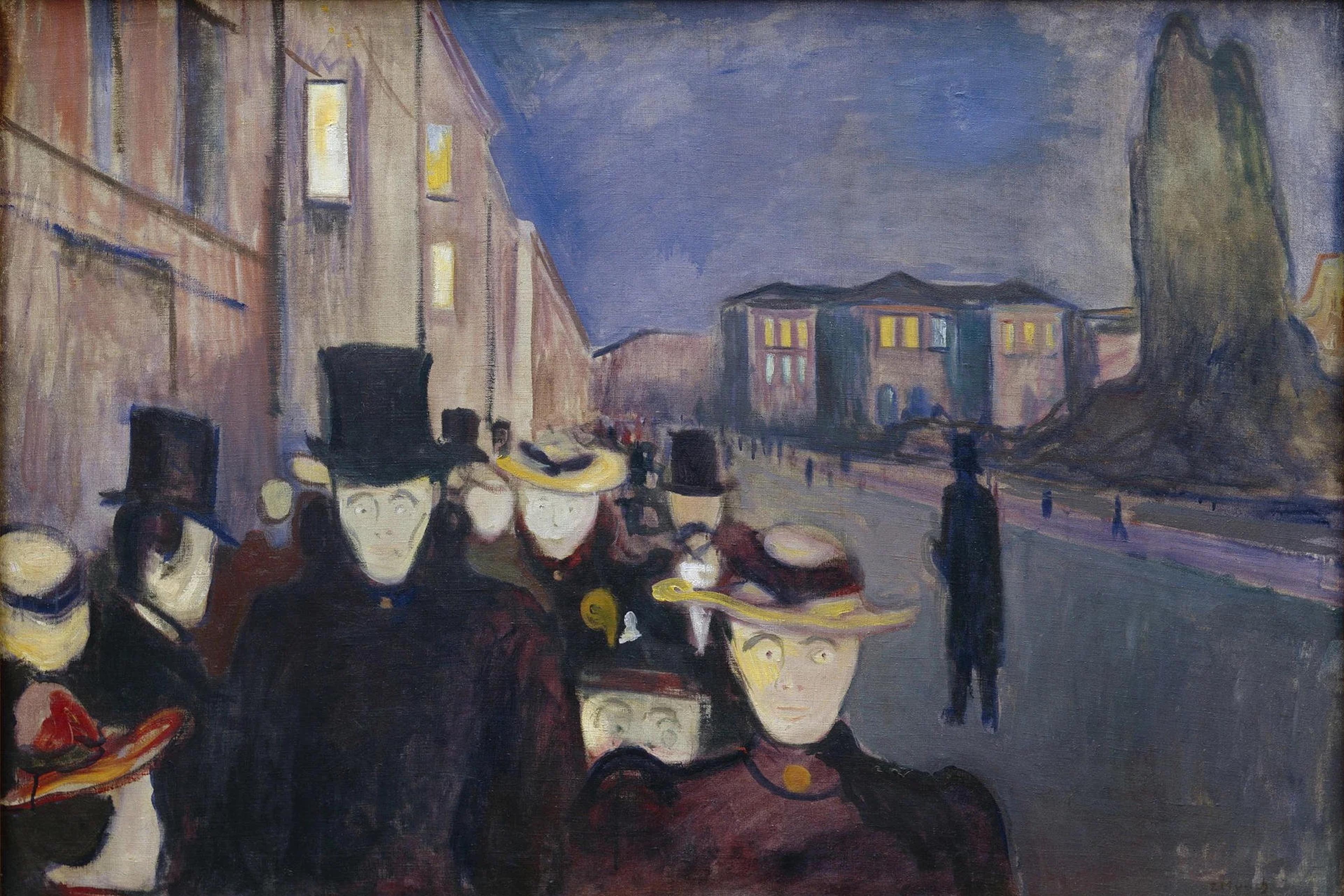What are the main threats to the continued survival of humanity? What catastrophes lie ahead? These may seem like uniquely modern questions posed by contemporary thinkers in the growing field of existential risk. Yet, millennia ago, ancient Greek and Roman philosophers were already formulating and debating such questions. While these thinkers had radically different ways of looking at the world and one’s place in it, they all agreed that some form of apocalyptic catastrophe awaited humans in the future.
How can we explain this interest? One of the main reasons is that ancient philosophers realised that the end of the world is ‘good to think with’. End-of-the-world narratives allow for a form of time travel. They offer a vision of the future while permitting us to safely witness the coming catastrophe. The stories we tell about the end of the world reveal much about our current world view and how the past and present have shaped our current trajectory. Unlike the Biblical tradition, which sees the end of the world as a day of divine wrath and judgment in which the elect are saved and the rest are damned, ancient Greek and Roman philosophers saw the end of the world as a natural process that was part of the regular functioning of the cosmos. They largely posited that human development is limited, and that humanity and world catastrophe are inextricably linked. Nature has imposed fixed and inexorable limits to human growth and development. Such messages are increasingly urgent today.
In the ancient world, as today, there were many different scenarios for how the world might end, and these were often in critical dialogue with each other as well as with earlier stories about destructions by fire and water. Already in the 6th century BCE, Anaximander may have posited that all of Earth’s water will eventually dry up, leaving a parched and barren world without life. By contrast, his successor Xenophanes argued that the world will actually be destroyed by water. (He even offered evidence that there had already been a great flood, noting that seashells have been found on land far from water.) It is in Plato’s philosophy, from the mid-4th century BCE, that we find some of the first sustained attempts to envision multiple end-of-the-world scenarios: fires, floods, earthquakes and disease. He writes in the Timaeus: ‘there have been and there will be a great many destructions of humans’ (all translations are my own). Rather than understanding history as headed toward a definitive, teleological end, Plato sees human development as continually determined by various forms of world catastrophe, and these accounts make for some of his most intriguing philosophical insights. In his dialogues Timaeus and Critias, Plato used this theory to tell the story, likely of his own invention, of the destruction of Atlantis. He also adopts something of an early ecocritcal stance when describing the changes that have occurred to the natural environment around Athens as a result of these periodic disasters. In his final dialogue, the Laws, Plato imagines how these repeated terrestrial catastrophes shape the development of political life.
Plato’s student Aristotle is a problematic case. Like his teacher, Aristotle posits that human development is cyclical. Humans continually discover, develop, lose and then rediscover the same ideas and technologies. In his extant works, however, Aristotle does not explain what causes these cycles. Later writers offer evidence that, in his now-lost dialogues, Aristotle followed Plato’s theory of periodic world catastrophes, but perhaps he later rejected it.
It is often said that ancient Greek thought conceived of time as cyclical. Plato and Aristotle’s views of the repeated development of society would seem to bear out that point, at least from a human perspective: the world is never destroyed, and it persists indefinitely. But cyclicality is not always the best way to define ancient philosophical thought. Democritus and the Epicureans, for instance, theorised the end of the world in the fullest sense. While they both argued that there are multiple worlds built up of atoms, and that all worlds are headed for a definitive end, they posited different methods of destruction. Democritus, a younger contemporary of Socrates, is reported to have claimed that worlds are destroyed when one world crashes into another. This scenario anticipates the contemporary awareness of the dangers of asteroid strikes and other ‘near-Earth objects’. Epicurus, who set up his philosophical garden in Athens around 307 BCE, argued that each world dies when it eventually dissipates and scatters into the void. Again, to put things in terms of modern risks, perhaps this idea has a resonance with the loss of the protective atmosphere. The Stoics, who were the Epicureans’ great philosophical rivals during the Hellenistic and Roman periods, endorsed a strong view of cyclical time and eternal return. They argued for the periodic destruction and rebirth of the world by fire, which they called the ekpyrosis. (Some Stoics, however, rejected this theory.)
The ancient Greek and Roman philosophical tradition lies beneath many contemporary visions of the future. Popular modern scenarios that see humanity attempting to rebuild after world catastrophe, such as Cormac McCarthy’s novel The Road (2006) or the television series The Walking Dead (2010-22), are more indebted to Plato’s theories than to Biblical apocalypses. Plato surmises that there are aways survivors left after a global catastrophe. In the Laws, Plato gives an account of how the survivors of a cataclysm would slowly rebuild society: in contrast to modern post-apocalyptic visions of scarcity and conflict, he posits that ‘civil strife and war’ would vanish and that people would ‘act kindly and be well disposed to each other’ (678e). Similarly, it might appear that the contemporary visions of a secular catastrophe based on chance rather than God’s plan represent a thoroughly modern idea, as some scholars have recently argued. Yet even this scenario has an important, if overlooked, precedent in ancient philosophy. The Epicureans were not atheists, but they did believe that the gods played no part in ordering the world. Creation and destruction of worlds was left to the random swerving of atoms through the void. In this system, even the end of the world could be a sudden, chance event. Writing in the 50s BCE, the Roman Epicurean Lucretius drives this point home in his poem On the Nature of the Universe (De rerum natura):
Perhaps the event itself will grant credibility to my words, and soon you will see everything forcefully shaken by earthquakes. I hope Fortune the helmsman will keep this far away from us, and reason, rather than the event, will persuade you that everything can be crushed and fall with a terrifying crash.
Yet ancient philosophical speculation on the end of the world was not only concerned with such big-picture cosmological questions. Thinking about the end of the world could also be put to more practical day-to-day purposes. This is particularly clear with Roman Stoic and Epicurean philosophers, who closely linked physics (the study of the nature of the Universe) with ethics and how to live a good life. Lucretius frequently uses the end of the world to help alleviate the fear of death. The Stoic philosopher Seneca (c4 BCE-65 CE) discusses how imagining the end of the world can offer consolation after the death of a loved one or alleviate feelings of loneliness.
One of the main goals of Stoic philosophy was to be able to meet with understanding, equanimity and resilience each event and challenge, including the end of the world. Even the Roman emperor Marcus Aurelius (121-180 CE) wrote about the end of the world as part of his daily practice of philosophy: ‘Everything in existence will quickly be changed: either it will be turned into vapour, if the nature of the Universe is one, or it will be scattered.’ Although Marcus Aurelius is typically seen as a Stoic philosopher, when it comes to envisioning the end of the world, he is not dogmatic. He entertains the Stoic and Epicurean scenarios. Either the world will be burned and vaporised in the ekpyrosis, or its atoms will be scattered into the void. What is on display here is not only the emperor’s acceptance of other philosophical systems but also the fact that thinking and writing about the end of the world is part of his ‘spiritual exercises’, his everyday engagement with philosophy that helps him live the good life. Modern psychological evidence seems to back up this ancient insight. Envisioning the end of the world may be good for you by aiding in developing psychological resilience.
Today, the ever-growing and multiplying threats of world catastrophe often seem overwhelming and incomprehensible. As such they may inspire fear, a feeling of helplessness and ‘doomerism’. The ancient philosophical tradition on the end of the world does not offer a panacea for our current anxieties about the future. These philosophers did not have to reckon with the anthropogenic existential risks we currently face, and no strand of Greek and Roman philosophy sought to prevent the end of the world. Nevertheless, this tradition may offer a way to reposition ourselves psychologically with respect to future catastrophes and existential risks. We could follow their advice and accept the end of the world with equanimity. Or we could build on their insights and move on to the next tasks of shaping, if not a catastrophe-free future, at least a more catastrophe-resilient one.


